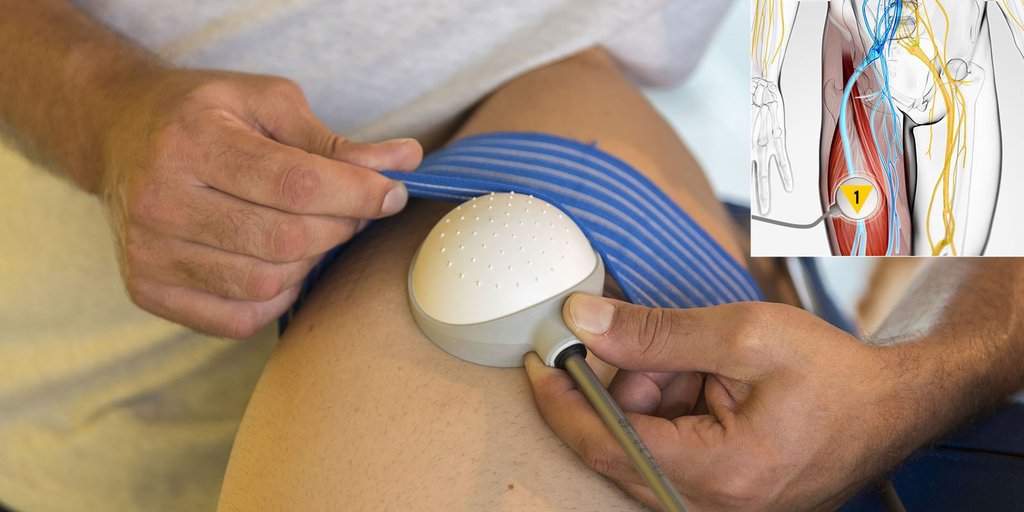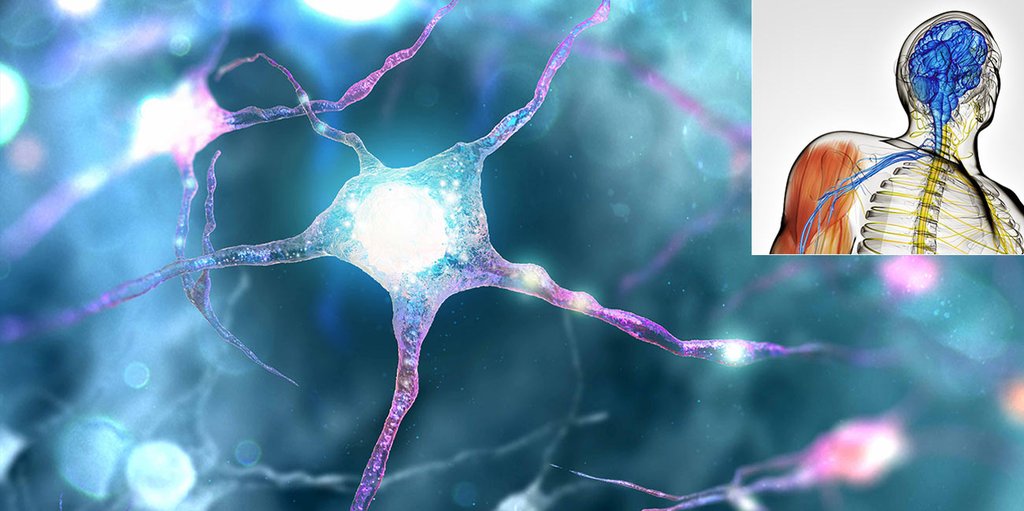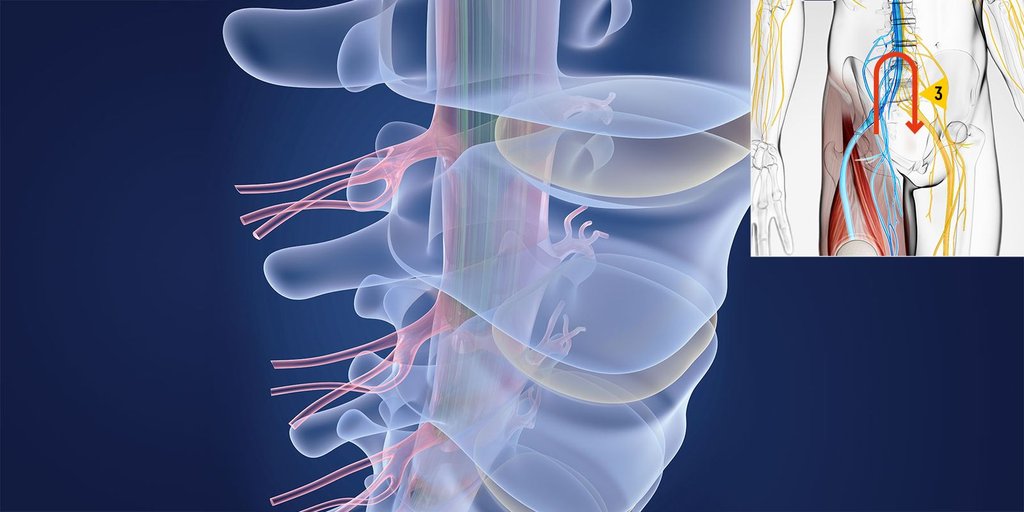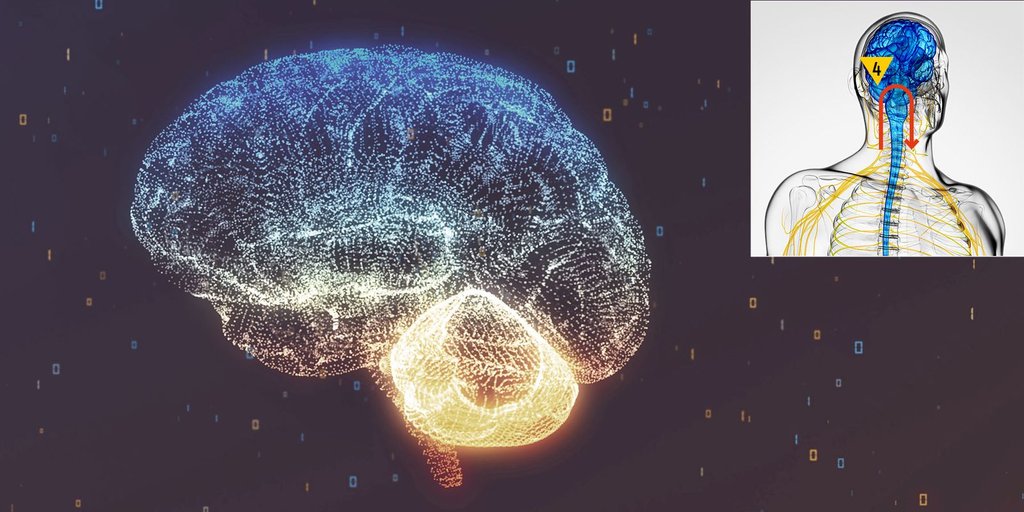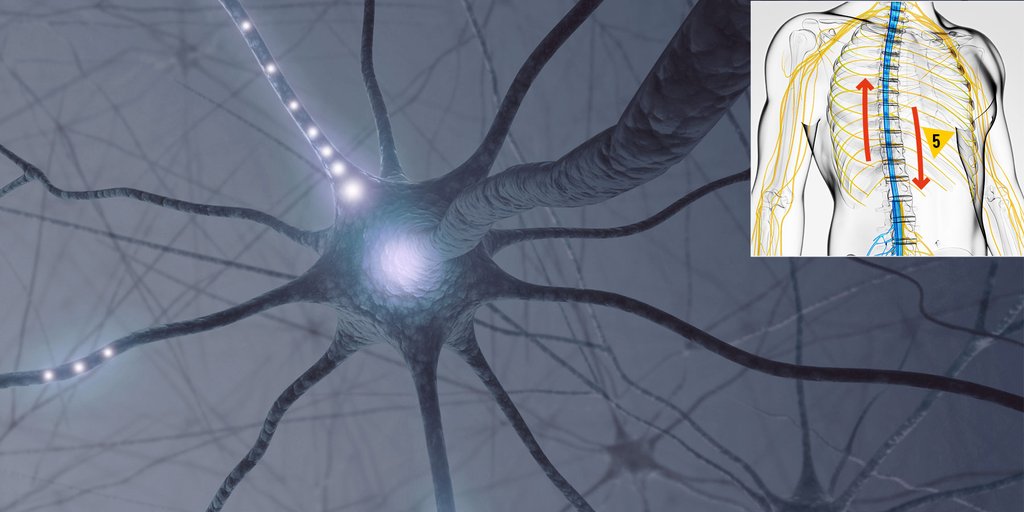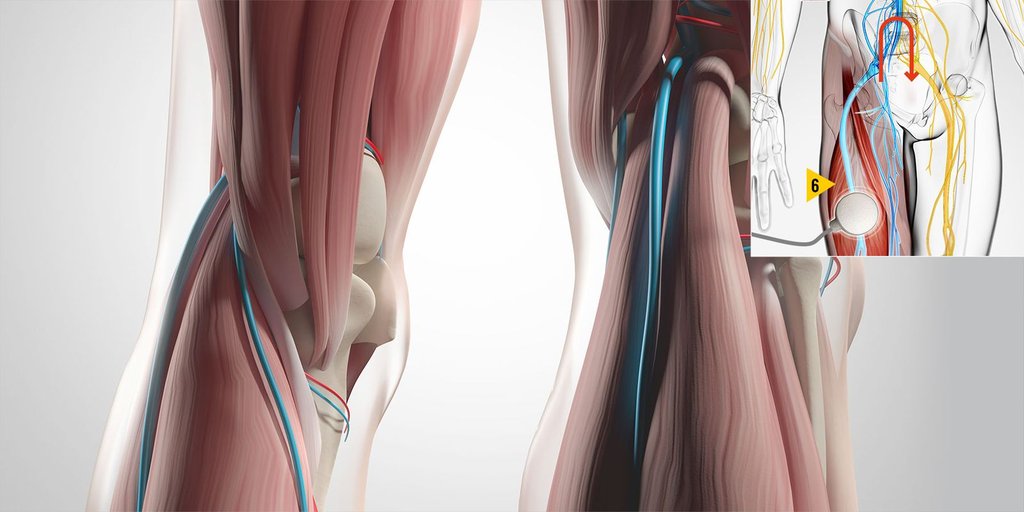How it works
Through the cutaneous application of selective vibrations, Vibra b and Vibra th are able to improve and solve various beauty pro-blems related to aging and to the conduct of a stressful and seden-tary lifestyle.
Vibra b and Vibra th generate total body positive effects, with na-tural and non-invasive treatments free of contraindications and side effects.
Selective
vibrations
Vibra b and Vibra th are born from decades of experience on focal selective vibrations in the medical secotr. Selective vibra-tion is a NON-invasive stimulation generated by the air, totally physiological, which activates specific cutaneous and muscula-ture nerve receptors that trigger the same reaction in the body as physical activity. 20 minutes of Vibra B treatment is equiva-lent to 2 hours of intense activity in the gym.
Vibration is a sequence of tiny pressure stimuli, which, depen-ding on the parameter used, are "felt" by the different nerve sensors present in the skin and muscles. As soon as the signal reaches the Central Nervous System it is being reprogrammed (motorengram).
Both devices feature the innovative technology of single-chamber flow modulation without air leak (Z.A.L - Zero Air Leak technology) that enables the performance and reduces the noise-
The accessories applied to the patient are designed to make the applications as specific as possible, meeting the needs of both the operator and the customer.
